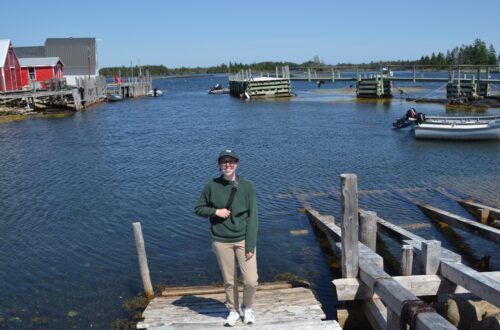
Annapolis Royal, Nova Scotia
Annapolis County, est. 530 residents
Annapolis Royal, Nova Scotia, is a picturesque village with a rich and extensive wartime history. Long before the arrival of the Europeans, the Mi’kmaq occupied the region, peacefully living off of the land and later contributing to the local fur trade, which allowed them to create trading relationships with the French when they arrived.
In 1604, Pierre de Gua de Monts, Sieur de Mons and Samuel de Champlain, along with a company of French explorers, arrived in the area to investigate the Annapolis Basin. Due to arable land, a temperate climate and protection from the surrounding hills, a community was founded and named Port Royal. The French established relations with the Mi’kmaq that lasted until 1763 when the Treaty of Paris was signed and left England in control of all French possessions in North America.
The Battle for Power Between the French and British
Jean de Biencourt de Poutrincourt gathered a small group of farmers in 1606, which grew into an Acadian settlement that slowly spread along the basin and river. The colony was first raided in 1613 by Samuel Argall and his men, who completely destroyed the town. Eight years later, King James I of Great Britain granted Acadia, which he renamed Nova Scotia, to William Alexander, who erected a fort in the area known today as Fort Anne in 1629.
In 1632, the Treaty of Saint-Germain-en-Laye restored New France, which included Port Royal, to the French. Port Royal was assigned to Charles de Menou d’Aulnay, who transferred most of the population of Acadia to this area. The fort had to be rebuilt in 1643 in response to an attack by Charles de La Tour, but was captured by Robert Sedgwick in 1654. The commander of the New England Fleet captured Port Royal in response to the actions of French pirates against English ships, leading to Acadia becoming part of British rule.
Port Royal was returned to the French in 1667 with the Treaty of Bréda. By this time, the settlement had grown to around 361 residents. A new fort was built in 1687, but Acadia would once again see action when William Phips attacked and pillaged Port Royal on behalf of Massachusetts. The Treaty of Ryswick was created in 1697, which ended the Nine Years’ War in Europe and saw Acadia return to the French for a third time. The updated fort did help avert invasions from New England colonials in 1704 and 1707. When Lieutenant Governor of Maryland Francis Nicholson and Samuel Vecht, accompanied by a force of 3,400 men, captured the fort in 1710, Port Royal was renamed Annapolis Royal in honour of Queen Anne.
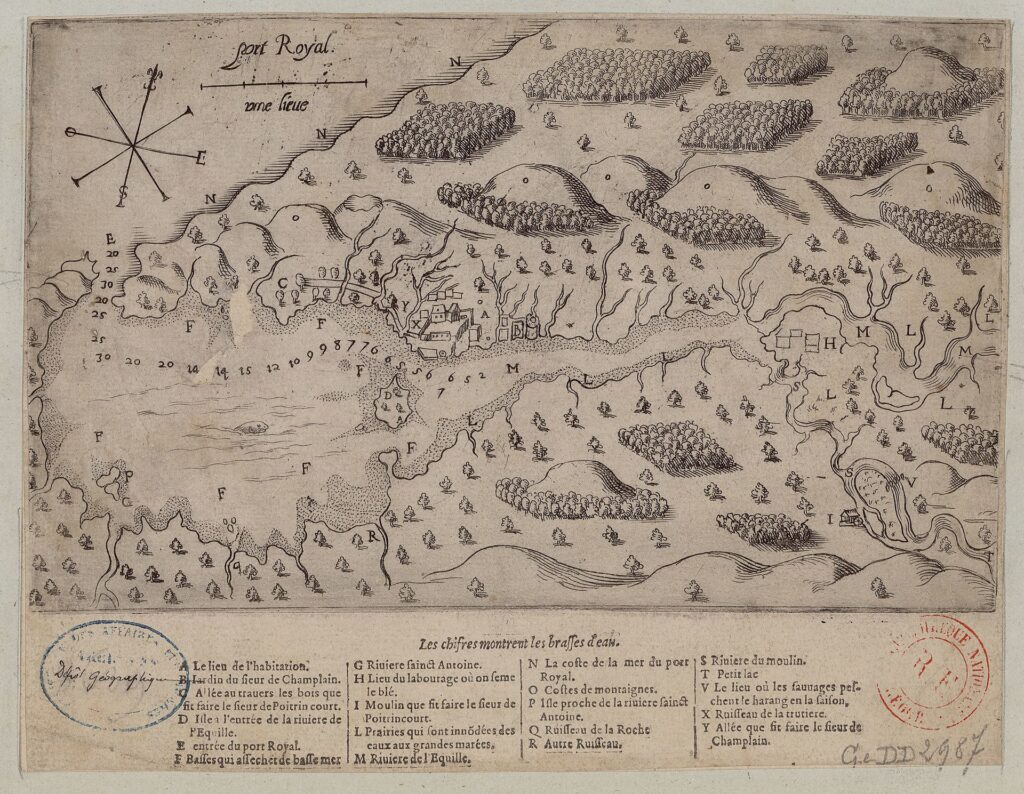
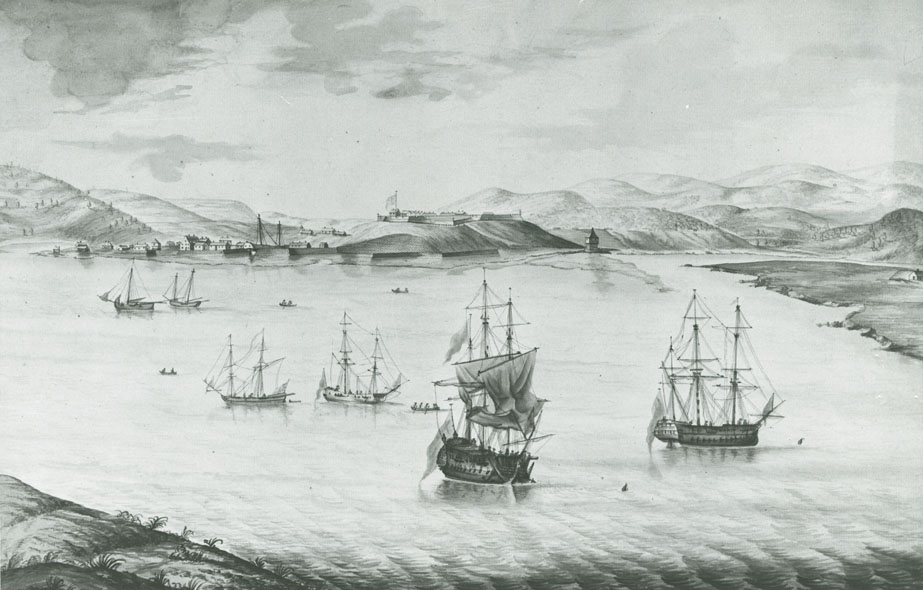
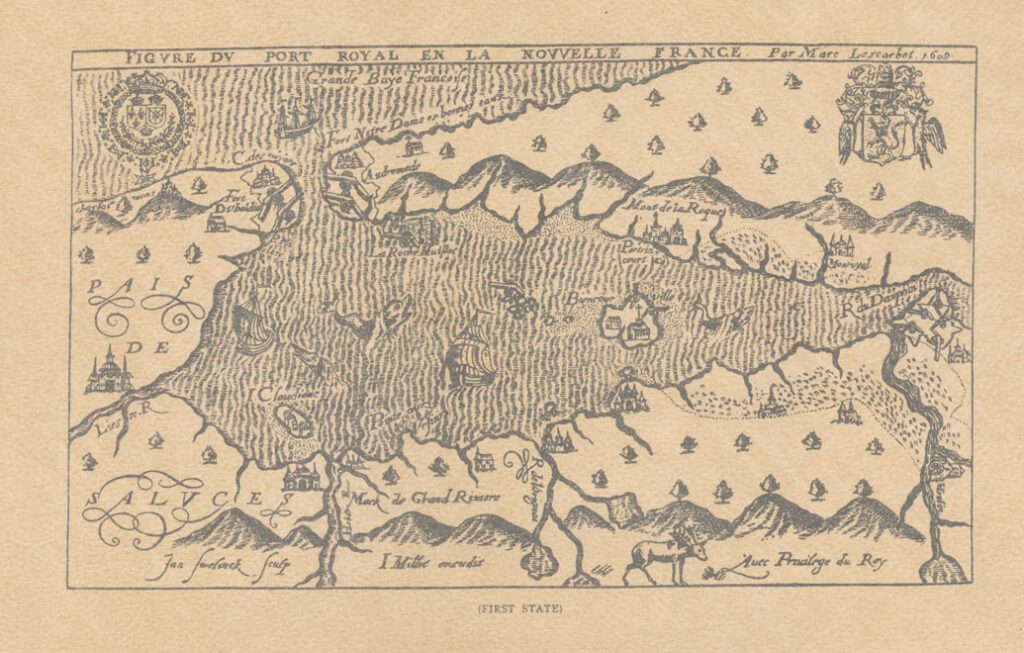
In 1713, the Treaty of Utrecht was signed, forcing France to cede the region to the British again, but allowing them to keep Île Royale (Cape Breton Island) and Île Saint-Jean (Prince Edward Island). While many Acadians chose to stay with their land under British Rule, France began constructing the Fortress of Louisbourg, located on Cape Breton Island, in case this constant power struggle continued.
Changing Times
For most of its existence, Port Royal was the capital of the New France colony of Acadia until the founding of Halifax in 1749. After the British oversaw the deportation of Acadians, New Englanders and Loyalists took advantage of the devastation and resettled the area.
By the 19th century, as conflicts faded into history, shipping emerged as a vital industry for Annapolis Royal. Being situated on the Annapolis River, connecting to the Annapolis Basin and the Bay of Fundy, made the transportation of goods in and out of the region crucial for the town’s growth. Shipbuilding, brick-making, and forestry also became significant industries during this time.
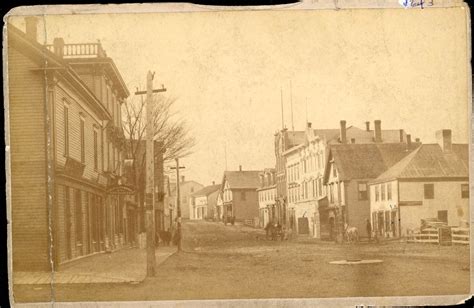
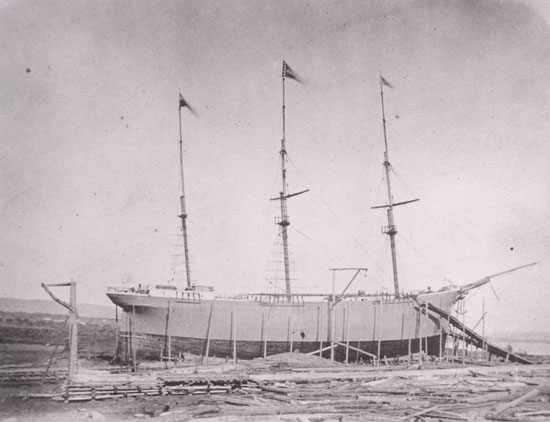
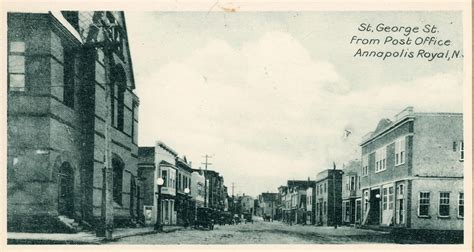
Across its history, Annapolis Royal has seen a constant battle for power between the French and the British. Its strategic location at the boundary between these colonial powers has made it a target for conflict, leading to a total of thirteen assaults—more than any other location in North America. From 1613 to 1710, the town changed sovereignty between the two countries no less than eight times. Today, the legacy of these historical battles has resulted in a warm-hearted community that cherishes its heritage and culture.
Annapolis Royal Today
Fort Anne National Historic Site is located on one of the most disputed pieces of land in North America and is Canada’s oldest national historic site. Its long and storied history has made Fort Anne an integral part of the Annapolis Royal community for hundreds of years. When the fort’s blockhouse was demolished without notifying the citizens of Annapolis Royal, a group came together to successfully petition the Government of Canada to preserve the remaining site so that future generations could learn more about the fort’s history. Fort Anne was restored and, in 1917, opened as Fort Anne National Historic Park, becoming Canada’s first administered national historic site.
The Sinclair Inn Museum is the earliest surviving Acadian building in Canada. The front part of the dwelling was constructed in 1710 by Jean Soullard for him and his wife, Louise Cormeau. William Skene and his wife Ann Adams acquired a house next to the Soullard property sometime before 1722. In November 1746, Rebecca Whitechurch owned the Soullard House and opened it as a “public house.”
In the 1780s, Frederick Sinclair created the inn by combining the former Skene residence and the original Soullard House. For nearly 200 years, the building was used as a hotel, with a regular source of income coming from the crew members aboard deep sea ships that preferred to stay at the Sinclair Inn rather than on board the vessels. Once the business was sold during the 1950s, it went into a state of disrepair until 1981, when the Heritage Canada Foundation purchased the building. The Historic Restoration Society (now the Annapolis Heritage Society) took over ownership in 1984. Today, the Sinclair Inn is a museum that provides a fascinating glimpse into its construction system, materials, and evolution across three centuries.
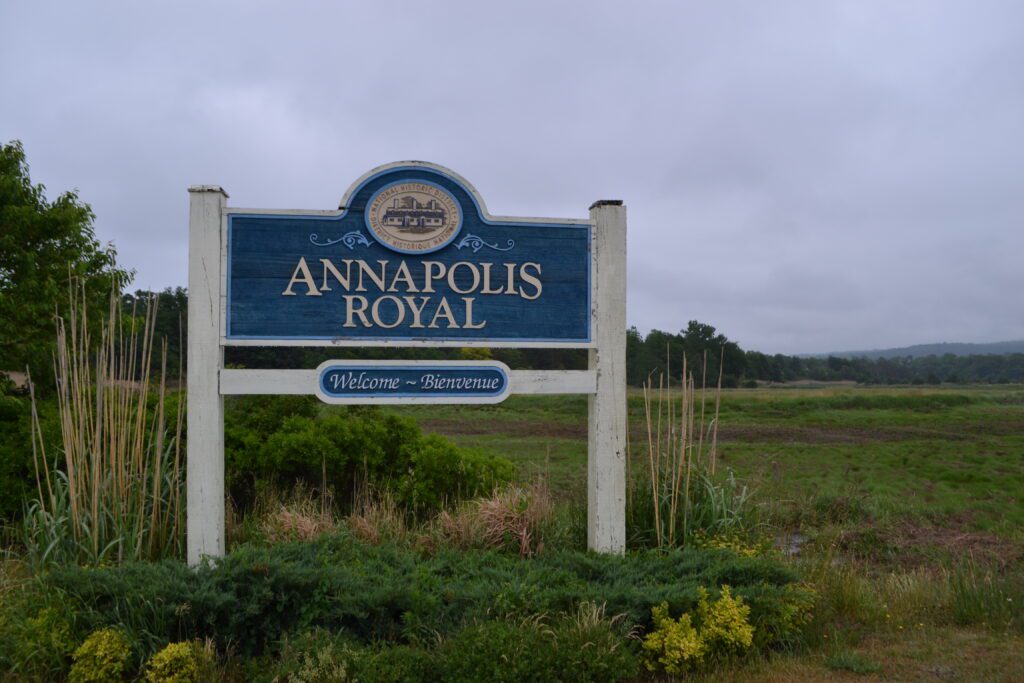
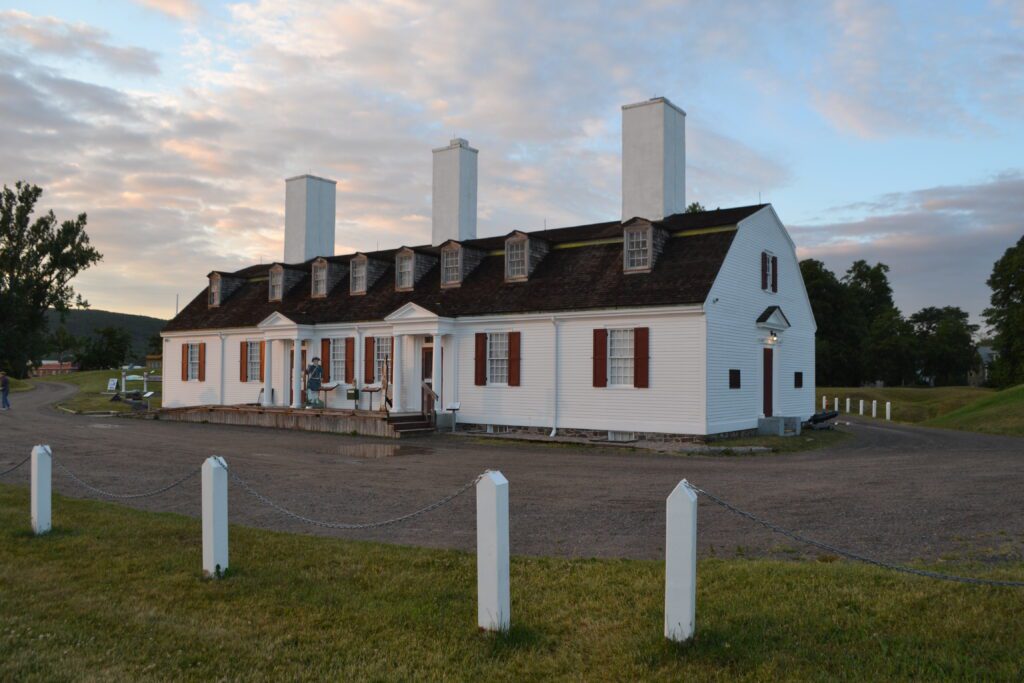
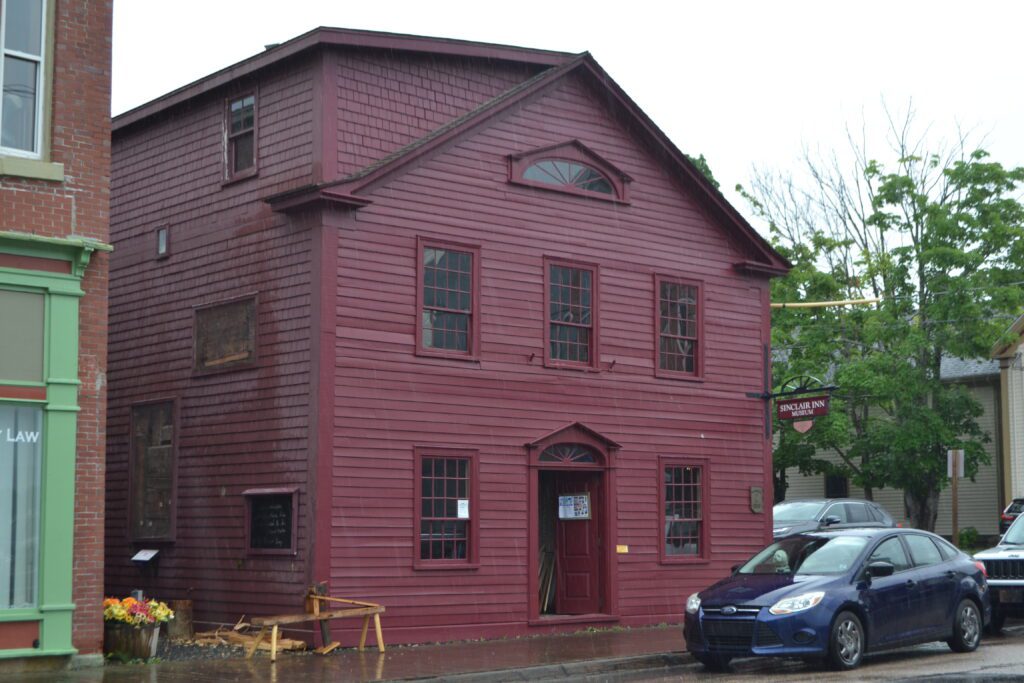
The Annapolis Royal Historic Gardens is a beautiful green space filled with a number of stunning foliage. In the 1970s, the Town of Annapolis Royal aimed to rejuvenate the area by conserving and promoting its heritage. One of the ways of doing so was to create a garden that its citizens could enjoy. The Annapolis Royal Historic Gardens opened in 1981 and is organized into specialty zones, each highlighting the significance of plants and gardens throughout the history of its settlers. This includes the Acadians, who transformed the saltwater marshlands into agricultural landscapes, as well as zones that reflect the British garrisons that arrived in the 18th century, the Victorian era, and modern gardening techniques.
The O’Dell House Museum is a large Victorian-style home that was built by Corey O’Dell in 1868. The lots were originally owned by Lieutenant William Winniett, and by the 1750s, his son, Militia Major Matthew Winniett, took control. When O’Dell purchased the land, he moved the existing house, except for the kitchen area, to the back of the property, where it became a carriage house. He then built the stunning fourteen-room home and opened it as a tavern and inn. Since it’s situated at the head of the Annapolis to Granville ferry slip and located near the wharves, it was a happening place for many of the Saint John and Boston ferry boats that frequented the area. The tavern was eventually replaced by a grocery store before O’Dell’s death in 1887.
While there is some evidence to suggest that rooms were still rented out to guests as late as the 1920s, the building and its previous business seemed to vanish as the family passed on. When O’Dell’s daughter-in-law Sarah died in 1957, the house was passed out of the family, and the new owners converted it into an apartment building. The dwelling was purchased in 1967 by Ralph and Marguerite Wagner on behalf of Historic Restoration Enterprises (now the Annapolis Heritage Society) with the goal of turning it into a museum. Two years later, the O’Dell House Museum opened to the public, showcasing the incredible Victorian home. The Annapolis Heritage Society also houses the Society’s Archives and Collections Centre and the Genealogy Centre at the museum.
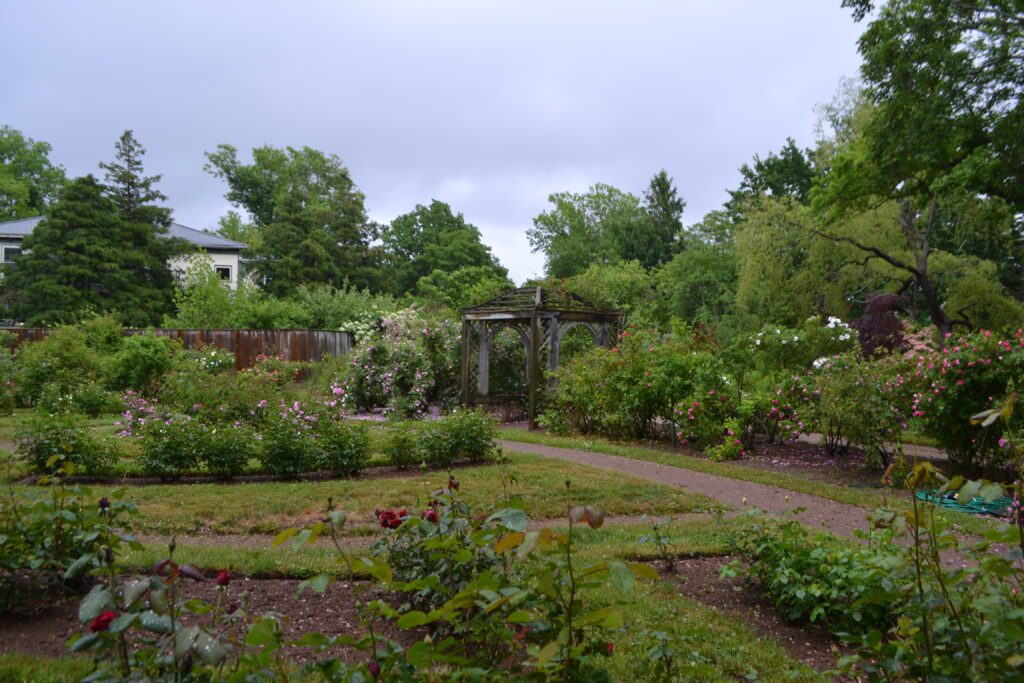
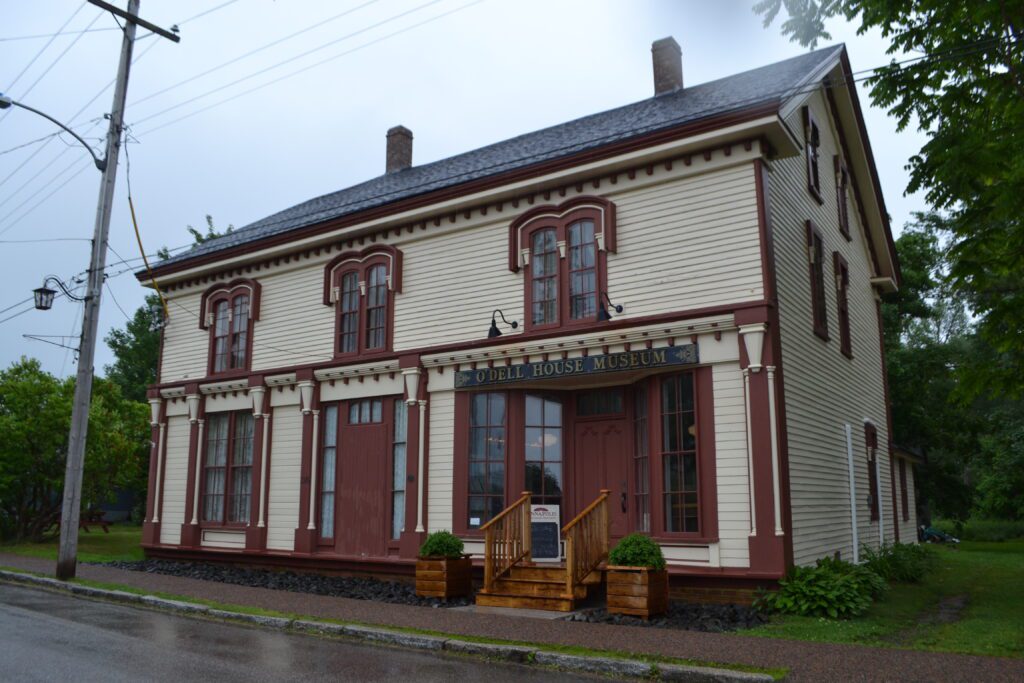

Mad Hatter Books and Mad Hatter Wine Bar beautifully combines two of life’s greatest pleasures: books and wine. Mad Hatter Books opened in 1984 and offers an excellent selection of new and used books, specializing in local interest titles about Annapolis Royal, the surrounding area and Nova Scotia’s history. Holly Sanford and her husband Paul purchased the business in 2007, later launching the Mad Hatter Wine Bar in 2019. Together, they have successfully created a unique space for both locals and visitors to enjoy.
Annapolis Royal is a charming town that is rich in history and culture. The village has many well-preserved heritage buildings, significant museums, stunning views of the Annapolis River, and a welcoming community, making it a popular destination when visiting Nova Scotia.
A big thank you to the Annapolis Heritage Society for the vast information provided on their website.



